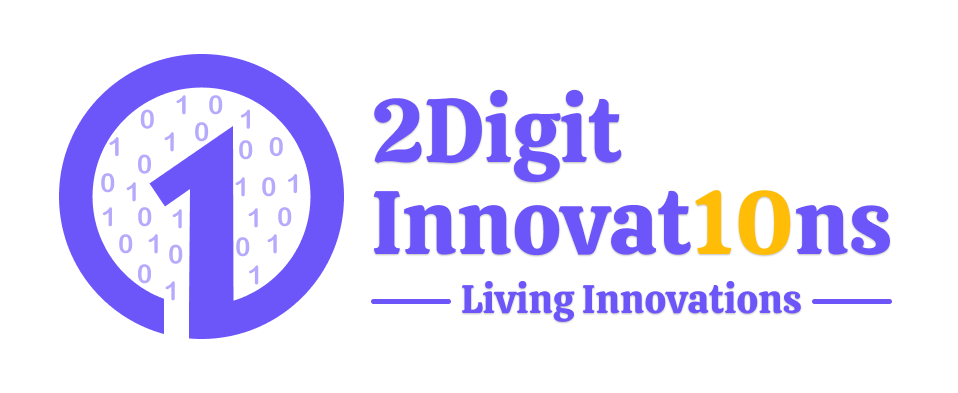
How can I enhance my web application's performance?
24 Apr 24
How can I enhance my web application's performance?
In today's fast-paced digital world, the performance of your web application can make or break your success. Users expect ultrafast loading times and seamless experiences, and anything less can lead to frustration and abandonment. But fear not! There are several strategies you can employ to enhance your web application's performance and delight your users. Table of Contents | Sr | Headings | 1 | Introduction | 2 | Understanding Web Application Performance | 3 | Optimizing Frontend Performance | 4 | Improving Backend Performance | 5 | Caching Strategies | 6 | Database Optimization | 7 | Content Delivery Network (CDN) Integration | 8 | Minimizing HTTP Requests | 9 | Mobile Optimization | 10 | Monitoring and Continuous Improvement | 11 | Conclusion | 12 | FAQs 1. Introduction In this article, we'll explore practical tips and techniques to boost the performance of your web application. From frontend optimization to backend tweaks and everything in between, we'll cover strategies that can help you deliver a blazing-fast and responsive user experience. 2. Understanding Web Application Performance Web application performance encompasses various factors, including page load times, response times, and overall user experience. It's crucial to understand the key performance indicators (KPIs) that impact your application's speed and efficiency. 3. Optimizing Frontend Performance Frontend optimization focuses on improving the performance of the user interface and client-side components of your web application. Strategies include minimizing JavaScript and CSS files, optimizing images, leveraging browser caching, and implementing lazy loading techniques. 4. Improving Backend Performance Backend performance optimization involves enhancing the efficiency and speed of server-side processes, database queries, and application logic. Techniques such as code optimization, database indexing, and server-side caching can help reduce response times and improve overall performance. 5. Caching Strategies Caching plays a vital role in web application performance by storing frequently accessed data or resources and serving them quickly to users. Implementing caching mechanisms, such as browser caching, server-side caching, and content delivery network (CDN) caching, can significantly reduce load times and server overhead. 6. Database Optimization Database optimization involves optimizing database queries, indexing, and schema design to improve query performance and reduce latency. Techniques such as query optimization, index tuning, and database normalization can help streamline database operations and enhance overall performance. 7. Content Delivery Network (CDN) Integration Integrating a CDN into your web application architecture can dramatically improve content delivery speed and reduce latency for users worldwide. A CDN caches static assets, such as images, CSS files, and JavaScript libraries, on servers distributed across multiple geographic locations, ensuring faster content delivery to users. 8. Minimizing HTTP Requests Reducing the number of HTTP requests required to load a web page can significantly improve performance. Strategies include combining and minifying CSS and JavaScript files, using CSS sprites for image optimization, and reducing the use of external scripts and resources. 9. Mobile Optimization With the increasing use of mobile devices for accessing the web, optimizing your web application for mobile users is essential. Implement responsive design techniques, optimize images and media for mobile viewing, and prioritize mobile performance to ensure a seamless experience across all devices. 10. Monitoring and Continuous Improvement Monitoring your web application's performance is crucial for identifying bottlenecks, detecting issues, and implementing optimizations. Utilize performance monitoring tools, analyze key metrics, and regularly conduct performance testing to ensure ongoing improvement and optimization. 11. Conclusion Enhancing your web application's performance is a continuous journey that requires careful planning, execution, and monitoring. By implementing the strategies outlined in this article, you can deliver a fast, responsive, and user-friendly experience that delights your audience and drives business success. 12. FAQs Q: How can frontend optimization improve web application performance? A: Frontend optimization focuses on improving the performance of the user interface and client-side components by minimizing file sizes, optimizing assets, and leveraging caching techniques to reduce load times. Q: What is server-side caching, and how does it improve performance? A: Server-side caching involves storing frequently accessed data or resources on the server side to reduce database queries and processing time. It improves performance by serving cached content to users instead of generating it dynamically for each request. Q: What role does database optimization play in web application performance? A: Database optimization involves optimizing database queries, indexing, and schema design to improve query performance, reduce latency, and enhance overall application speed and efficiency. Q: How can I integrate a CDN into my web application architecture? A: To integrate a CDN into your web application, you can configure your server to serve static assets through the CDN, update your DNS settings to point to the CDN's domain, and implement caching rules to optimize content delivery. Q: Why is monitoring and continuous improvement important for web application performance? A: Monitoring allows you to identify performance issues, bottlenecks, and areas for improvement, while continuous improvement ensures that your web application remains fast, responsive, and optimized for the best possible user experience.


CALL
Ready to Work Together In New Projects ?
Services
App Development
Web App Development
Digital Marketing
UI And UX Designing
Custom Mobile And Web Development
Free Tools
Quick Links
Our Apps
Find us on Clutch
Privacy & Policy
Shipping & Delivery Policy
Return & Refund Policy
Terms & Condition
FAQs
Legal
Contact
Hyde Park Crown First Floor, FF-14-21 Plot No GH-03 Sector-78, Noida, Uttar Pradesh 201306
info@2digitinnovations.com
+91 7814042409
